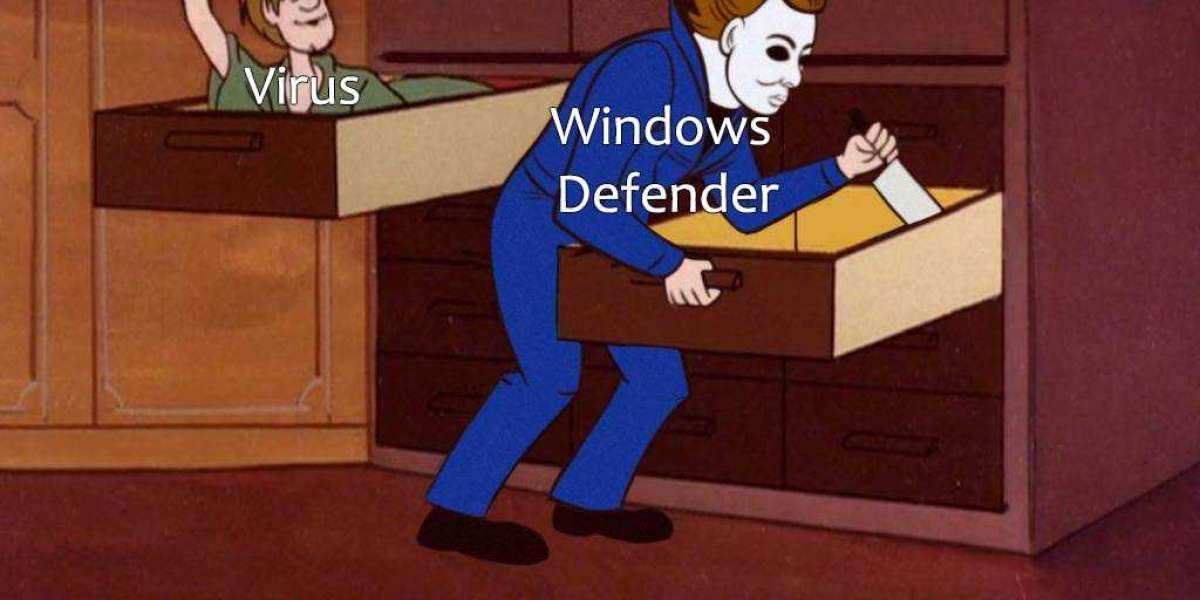Outdoor spaces like residential yards, commercial lots, and industrial compounds are often overlooked in security planning—but they’re just as vulnerable to theft, trespassing, vandalism, and unauthorized access.Yard Security encompasses the tools and strategies used to protect these open environments, ensuring safety for people, property, and equipment.
Whether you manage a backyard, a business compound, or a construction site, yard security is a crucial layer in your overall safety plan.
Why Yard Security Matters
Open spaces are more exposed to criminal activity than buildings due to:
Lack of physical barriers
Limited lighting
Reduced human presence, especially after dark
Easy access to tools, vehicles, or materials left outdoors
Without proper security, property owners face risks like asset loss, insurance claims, and liability issues.
Core Elements of Effective Yard Security
1. Perimeter Fencing and Gates
Secure fencing is your first line of defense. Choose chain-link, vinyl, steel, or even electric fencing depending on the threat level.
Install lockable gates or motorized entry systems to restrict access.
2. CCTV Surveillance
Outdoor-rated cameras with features like night vision, motion detection, and zoom can monitor activity 24/7.
Cameras should cover entrances, blind spots, high-value equipment areas, and the perimeter line.
Cloud-connected systems allow remote access via mobile or desktop apps.
3. Lighting
Motion-activated floodlights deter intruders and assist with video clarity.
Illuminate all dark zones, especially near gates, storage sheds, or walkways.
4. Access Control Systems
For commercial or high-security yards, consider:
Keypads or keycard access
Vehicle license plate recognition (LPR)
Time-based entry permissions
This helps track who enters and exits the premises.
5. Motion Sensors and Alarms
Wireless or wired sensors detect movement in restricted areas.
When triggered, they can activate alarms, send alerts, or even trigger lights and cameras.
6. Security Patrols
Security guards can perform periodic patrols for larger yards or during off-hours.
Combined with surveillance, patrols offer a strong human deterrent and response capability.
Yard Security for Different Use Cases
✅ Residential Yards
Secure sheds, fences, and gates
Use smart doorbells and backyard cameras
Prevent package theft or break-ins
✅ Commercial Yards
Protect parked fleet vehicles, dumpsters, and loading docks
Monitor after-hours activity
Integrate with internal security systems
✅ Construction Yards
Prevent theft of tools, fuel, and heavy machinery
Track who enters and leaves the site
Monitor for vandalism or safety violations
Benefits of Yard Security
Asset Protection: Secure tools, vehicles, furniture, and outdoor equipment
Crime Deterrence: Visible security systems discourage intruders
Real-Time Monitoring: Stay informed from anywhere, anytime
Improved Safety: Prevent accidents and keep unauthorized people out
Insurance Advantages: Lower premiums and simplified claims with video evidence
Best Practices
Regularly test all security equipment and replace faulty gear
Maintain clear sightlines—trim bushes and trees that obscure cameras or lighting
Lock away tools, hoses, and equipment when not in use
Post signage indicating video monitoring and restricted access
Review footage regularly for unusual activity or threats
Conclusion
Outdoor security is just as important as indoor protection—especially when your property holds valuable assets or sensitive equipment. With the right blend of physical barriers, surveillance, and access controls, Yard Security provides a powerful defense against both opportunistic and targeted threats. Whether you’re protecting a home, a business, or an industrial site, investing in smart, layered yard security brings peace of mind and long-term value.













